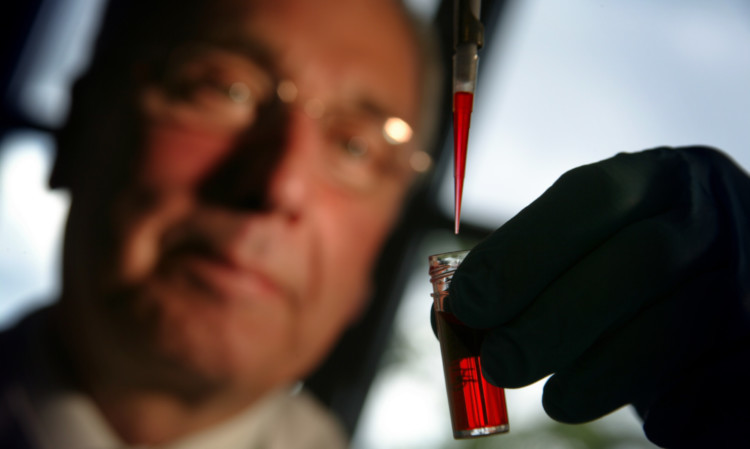Diagnostic firm Omega has unveiled plans to build a second manufacturing plant after picking up a $600,000 grant from global health body Unitaid.
The Clackmannanshire allergy, food intolerance and infectious disease specialist said it would use the cash to support early production efforts for its CD4 HIV test at home in Scotland and help establish a new factory in India.
The news is another major boost to Omega, following the “landmark” announcement over validation for its Alva plant and full technology transfer from Australian research centre the Burnet Institute earlier this month.
The company also said it was making “significant progress” on efforts to develop its automated allergy analysis system, increasing confidence over the potential for full-scale commercialisation despite continuing delays.
February’s run of good news has helped Omega double its share price in a fortnight.
Stock opened at 34.9p on Monday an increase of around 108% on February 12 before closing the day at up 12.4% at 30.5p, valuing Omega at more than £33 million.
Its new grant forms part of a $1.6m award to Burnet, and will enable new field evaluations in India and South Africa.
Omega is already running tests on its Visitect CD4 product, which is designed for use in remote areas away from established HIV clinics and can provide results inside 40 minutes, in Kenya and Mozambique.
The company’s share of the new finance is specifically designed to accelerate project manufacturing, amid growing clamour for remote testing capability from non-governmental bodies.
Charities expect many tens of millions of HIV tests will be required over the next decade, while Omega says it expects demand for its product, which has attracted interest from leading agencies, including the Clinton Health Access Initiative, Medecins Sans Frontieres and Unicef, to be “substantial”.
The firm’s newly-built manufacturing base at Alva will be able to make around seven million tests per annum, while it is expected a new Indian base could double that capacity inside three years’ time.
Omega finance director Kieron Harbinson said the scale-up plan would not affect the firm’s commitment at home.
He said: “This news doesn’t change the investment plan we have for Alva, and it’s going to take time to get this Indian facility set up.
“But if the demand continues to grow as we expect it to, we must ensure that we put in place a second facility so we’re not totally reliant on Alva.”
He said manufacturing for the Indian market locally would help avoid considerable import duties but he stressed Omega’s prime aim was still bringing the Visitect device to market as soon as possible.
Meanwhile, the firm also displayed increased confidence over prospects for its IDS-iSYS allergy testing system despite further slippage in its development timetable.
Omega had initially aimed to complete the launch of an initial 40-allegen panel by March but Mr Harbinson said testing work was now around two-thirds complete.
An update is expected later this spring. The company’s market update said it believed the work which has been completed showed IDS-iSYS could be “competitive” in a market otherwise dominated by one player.
